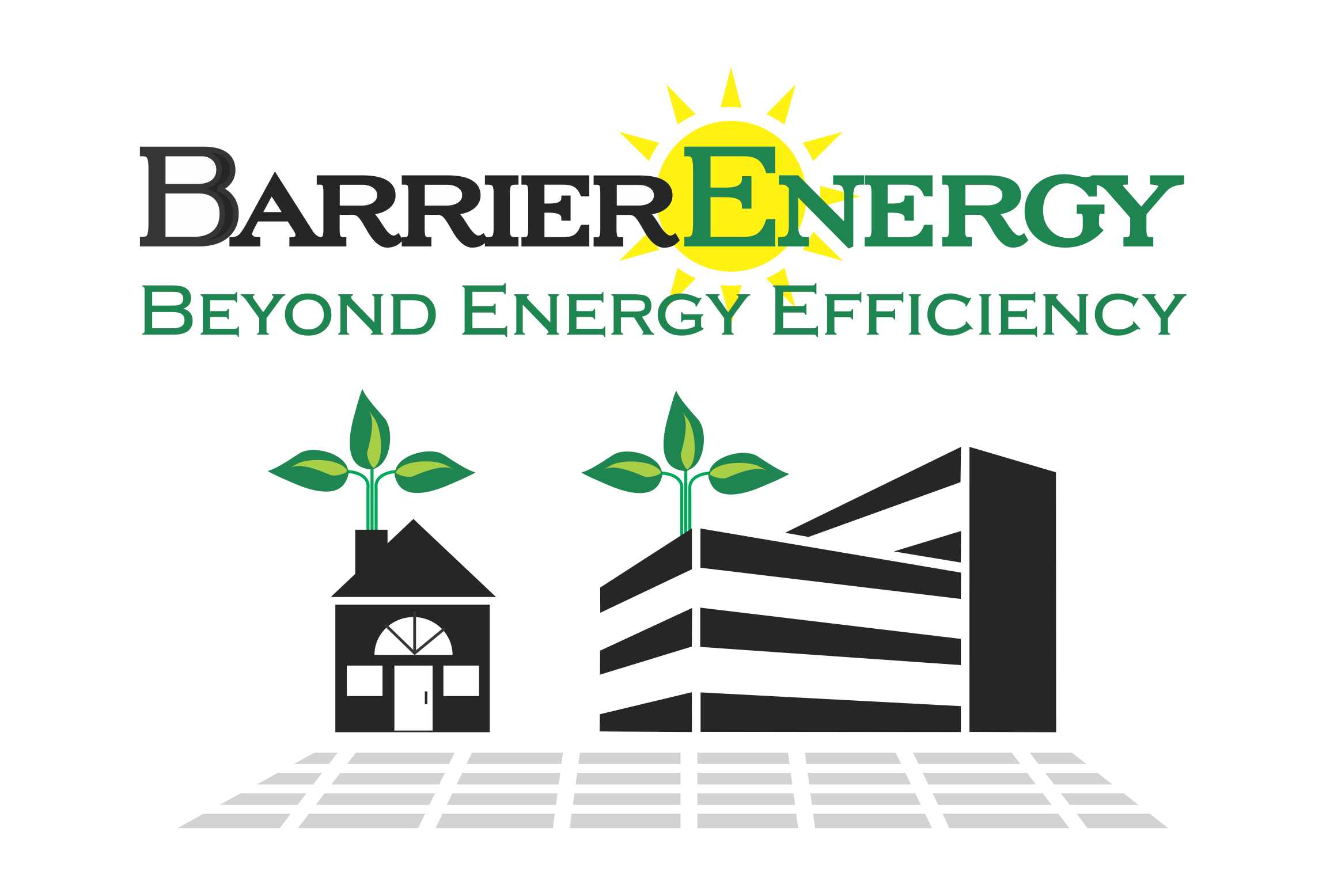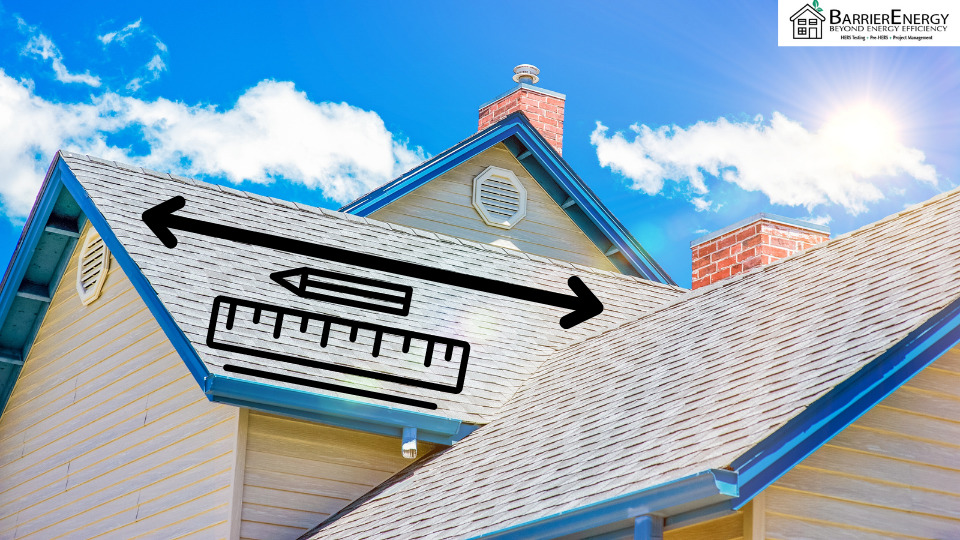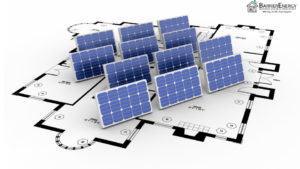Solar Ready Area & Solar Requirements:
BarrierEnergy
Advantages of Solar:
On-site power through solar has many advantages such as flexibility, reliability, and efficiency. For one, solar can produce a whole day’s worth of energy needs from peak sunlight hours alone. Of course, that depends on the location, size of the building, energy usage, and system effectiveness. Factors such as seasons and peak times can make solar more inconsistent if the whole system is designed poorly. “The amount of sunlight that strikes the Earth’s surface in an hour and a half is enough to handle the entire world’s consumption for a full year” as reported by the U.S. Solar Energy Technologies Office. Pairing solar with high-capacity battery storage and a balanced system is the most effective. Other advancements, such as load tiering, distinguish between high-priority energy needs (like refrigeration) versus low-priority needs. Flexible systems protect the owner.
Along those lines, solar provides energy that consumers can depend on. Natural disasters occur, power goes out, and terrorist threats become real. In times of disaster, owners can have the peace of mind that they still operate in “island mode”. That’s why more hospitals, schools, and public services are leaning towards renewable energy and microgrid designs. Not to mention, excess energy can even be transferred within a neighborhood or community. What an excellent example of how solar can benefit networks of energy consumers.
Lastly, efficiency is an important element of solar that can reduce energy bills. As electric rates continue to rise, a solar consumer can rely on a consistently low rate. The average Californian can save tens of thousands of dollars over the lifetime of the panels. Even better, investors can profit from the Net Energy Metering Tariff. Utilities will pay bill credits to collect surplus energy produced through solar. Using less energy than the panels produce will maximize the Return on Investment.
Title 24 Requirements for Solar Ready Area & Solar Panels:
2016-2019 Solar Ready Area
Section 110.10 of the 2016 Building Energy Efficiency Standards writes out solar-ready requirements. New or altered buildings must have at least 250 square feet of unobstructed space. For single-family homes, the zone is located on the roof or overhang. Any other types of structures may satisfy this standard with an accessory unit located within 250 feet. Multi-family and commercial buildings must assign at least 15% of the roof to solar. Naturally, the solar zone cannot impede skylights or smoke ventilation. California took this step to prepare its residents for the next stage, which will require that solar panels be installed in all new construction.
2019-2022 Solar Ready Area and Photovoltaic
2022-20225 More in Photovoltaics
The newest set of codes went into effect on January 1st, 2022. Now solar requirements also apply to commercial and high-rise multi-family buildings. If your permit was pulled after January 1st, 2022, you must install sufficient solar panels to accommodate sixty percent of a new building’s total energy usage. Single-family homes must have hookups for battery energy storage. Visit Energy Code Ace’s reference tool to get more details on requirements, exemptions, and formulas.
Incentives:
Renewable energy tax credits are available for certified ENERGY STAR fuel cells, small wind turbines, solar panels, geothermal heat pumps, and more, thanks to the Consolidated Appropriations Act of 2021. The Investment Tax Credit offers 10%-30% on renewable energy installment costs. Eligible builders and owners can apply for either residential or commercial properties.
New as of 2022, the Inflation Reduction Act is introducing rebates and tax credits that are available through 2032. These incentives can cover as much as 30% of the cost of qualifying energy-efficient equipment. Please note, residential rebates only apply to principal homes, not rentals. Check out ENERGY STAR for a comprehensive list of requirements. Proof of purchase is mandatory.
Exemptions:
There are many exceptions to the solar mandates, outlined throughout the code. In general, options are provided to the owner or builder in the form of alternative upgrades. The building may be exempt if it already has a solar hot water heater or other efficient appliances/features, for example. Another exception to the solar zone and/or installation could be physical obstructions causing excess shade. A “solar access” equation is used to determine the feasibility of solar for a specific structure.
In some cases, properties with small enough roofs may be exempt from installing a PV system. High-rise structures more than three stories high don’t require solar. Builders can also reduce the sizing obligation of solar by pairing the system with battery storage. Altogether, a solar system could be shrunk by as much as 40% in conjunction with other efficiency upgrades.
Groups of residents can opt for community systems in place of individual units. First, the CEC and the local utility must grant approval.




Recent Comments